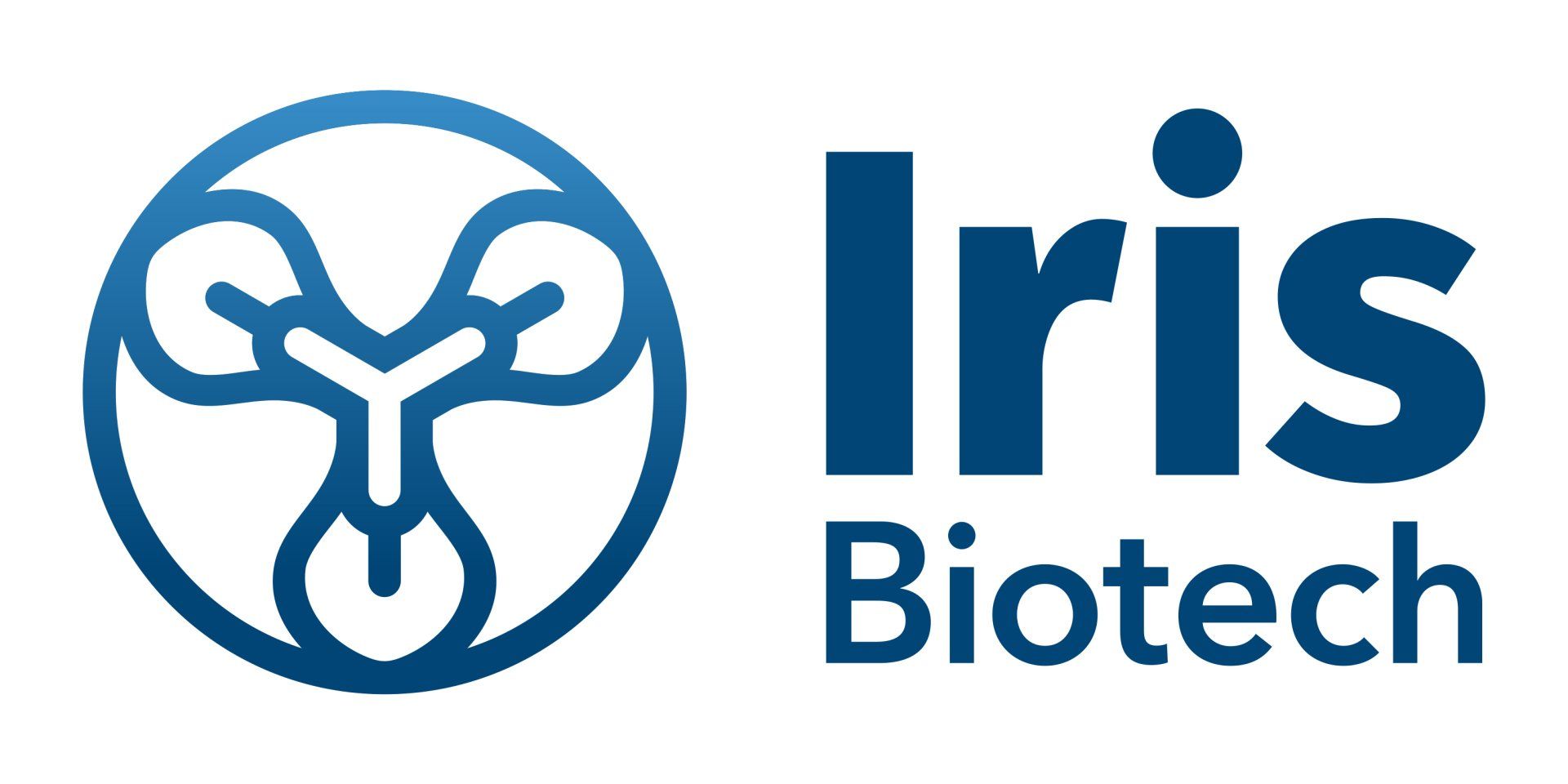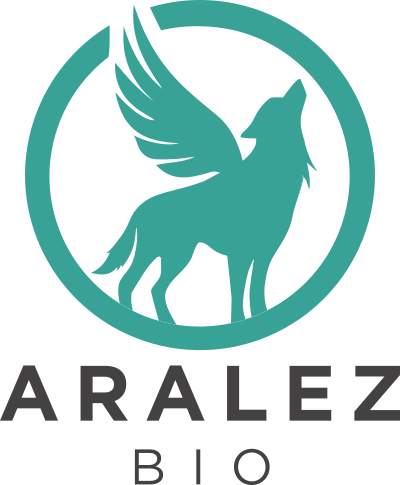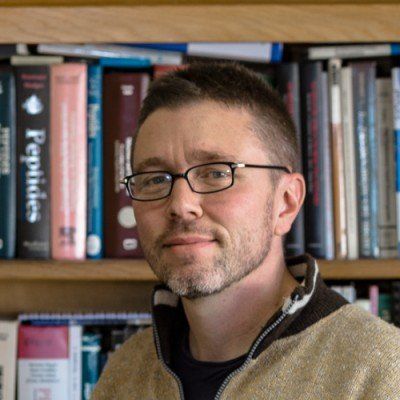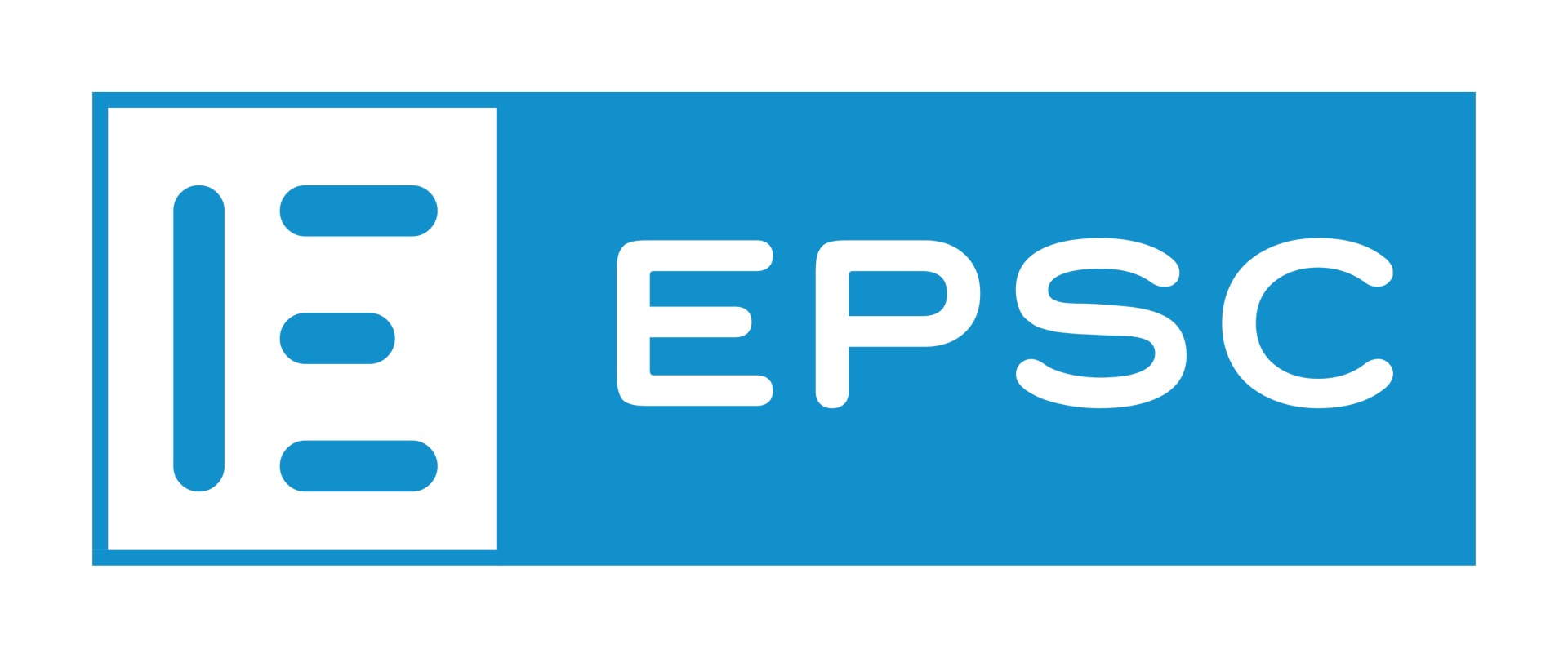
Slide title
Write your caption hereButton
Slide title
Write your caption hereButton
Slide title
Write your caption hereButton
Slide title
Write your caption hereButton

Slide title
Write your caption hereButton
Slide title
Write your caption hereButton
Slide title
Write your caption hereButton
Slide title
Write your caption hereButton

Slide title
Write your caption hereButton
Slide title
Write your caption hereButton
Slide title
Write your caption hereButton
Slide title
Write your caption hereButton

Gilles Subra
Professor
University of Montpellier
France
Gilles leads his researches in the Institute of Biomolécules Max Mousseron (IBMM) in the field of peptide science. His main research topics are at the interface of chemistry and biology and notably concern methodologies for solid phase and combinatorial chemistry, design of chemical tools to enhance detection and quantification by mass spectrometry in biological media. More recently, he is interested in the design of peptide-based materials and polymers. The main applications concern the conception of multi-ligand nanoparticles for cancer targeting, the functionalisation of silicone medical devices and dressings. His most recent research is related to the design of biomimetic peptide based hydrogel used for 3D biofabrication and cell-based therapies.
Gilles Subra founded the solid phase and automated synthesis platform (SynBio3) of the IBMM whose mission is to develop solid supported reagents, linkers and methodologies for the synthesis of biomolecules.
L15 - Designing biomimetic materials from silylated amino acids, peptides and proteins
Since 10 years, we develop inorganic sol-gel polymerization as a soft and chemoselective and biorthogonal reaction to prepare bioorganic -inorganic hybrid materials [1] starting from hybrid building blocks consisting in silylated peptides, dyes, drugs and biopolymers.
Depending on the application targeted, different blocks can chosen, combined and engaged in sol-gel hydrolysis and condensation.[2] [3] For example, it allowed the preparation of biomimetic hydrogels including hyaluronic and collagen[7,8]for cell encapsulation and bioinks for 3D bioprinting[4], bioactive medical devices and dressings, multiligands fluorescent nanoparticles for cancer targeting[5,6].
In this conference, we will present some of the most recent progress such as protein-imprinted magnetic nanoparticles and monoliths and sensors able to detect specific MMP enzymatic activity.
[1] J. Martin, J. Martinez, A. Mehdi, G. Subra, Curr. Opin. Chem. Biol. 2019, 52, 125–135.
[2] T. Montheil, C. Echalier, J. Martinez, G. Subra, A. Mehdi, J. Mater. Chem. B 2018, DOI 10.1039/C8TB00456K.
[3] L. Valot, M. Maumus, T. Montheil, J. Martinez, D. Noël, A. Mehdi, G. Subra, ChemPlusChem 2019, 0, DOI 10.1002/cplu.201900509.
[4] T. Montheil, M. Maumus, L. Valot, A. Lebrun, J. Martinez, M. Amblard, D. Noël, A. Mehdi, G. Subra, ACS Omega 2020, 5, 2640–2647.
[5] M. Maurel, T. Montheil, J. Martin, L. Chaar, V. Guzman-Gonzalez, M. Couvet, T. Jacquet, T. Jia, B. Eymin, K. Parra, P. Dumy, J. Martinez, F. Ruggiero, E. Vaganay, A. Mehdi, J.-L. Coll, G. Subra, Nanomaterials 2021, 11, 177.
[6] T. Jia, J. Ciccione, T. Jacquet, M. Maurel, T. Montheil, A. Mehdi, J. Martinez, B. Eymin, G. Subra, J.-L. Coll, Int. J. Pharm. 2019, 118507.
[7] L. Valot, M. Maumus, L. Brunel, J. Martinez, M. Amblard, D. Noël, A. Mehdi, G. Subra, Gels 2021, 7, 73.
[8] C. Echalier, S. Jebors, G. Laconde, L. Brunel, P. Verdié, L. Causse, A. Bethry, B. Legrand, H. Van Den Berghe, X. Garric, D. Noël, J. Martinez, A. Mehdi, G. Subra, Mater. Today 2017, 20, 59–66.
